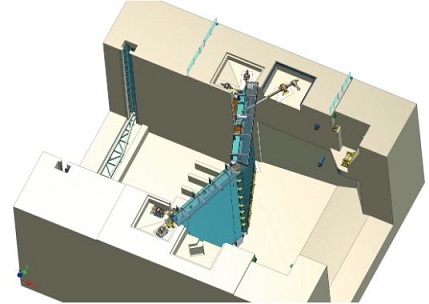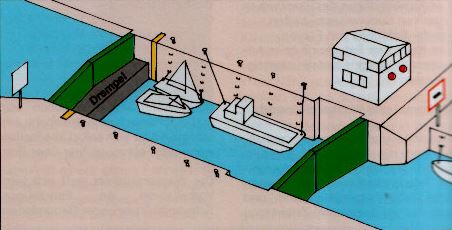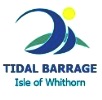Ship gates are required on the barrage to permit frequent access to the harbour; without decreasing significantly the energy production. This ship gates will in practice act the same way as locks seen on river and canal waterways. As a result, they are applied as devices used for raising and lowering boats, ships and other watercraft between stretches of water of different levels.

The application of the ship gates on the barrage will alleviate the pressures on fishing and recreational vessels accessibility to the port. Hence, there is no time restriction during energy production. When in operation, the first gate permits the vessel to come in; this subsequently allows water to flow through. When the perfect amount of water level required to release the ship is reached, it is closed. Now the ship, positioned between the two watertight gates will be released by opening the second gate. Once released, both gates will remain shut as not to offset the amount of energy generated.

The dimensions for the ship gates are obtained, by using the longest vessel in the port to determine its length (20m) and width (5.6m). A maximum draft of 1.5m was assumed. The depth of 14m is obtained by considering the minimum water level. The minimum level is 3m. Therefore the ship gate must have a greater depth. Currently the harbour dries out during low water. Therefore it is not possible for vessels to enter the harbour at low tide. Since it is possible to control the water level inside the basin with the barrage, it could be arranged that the water level inside the harbour is always high enough to be accessible.






